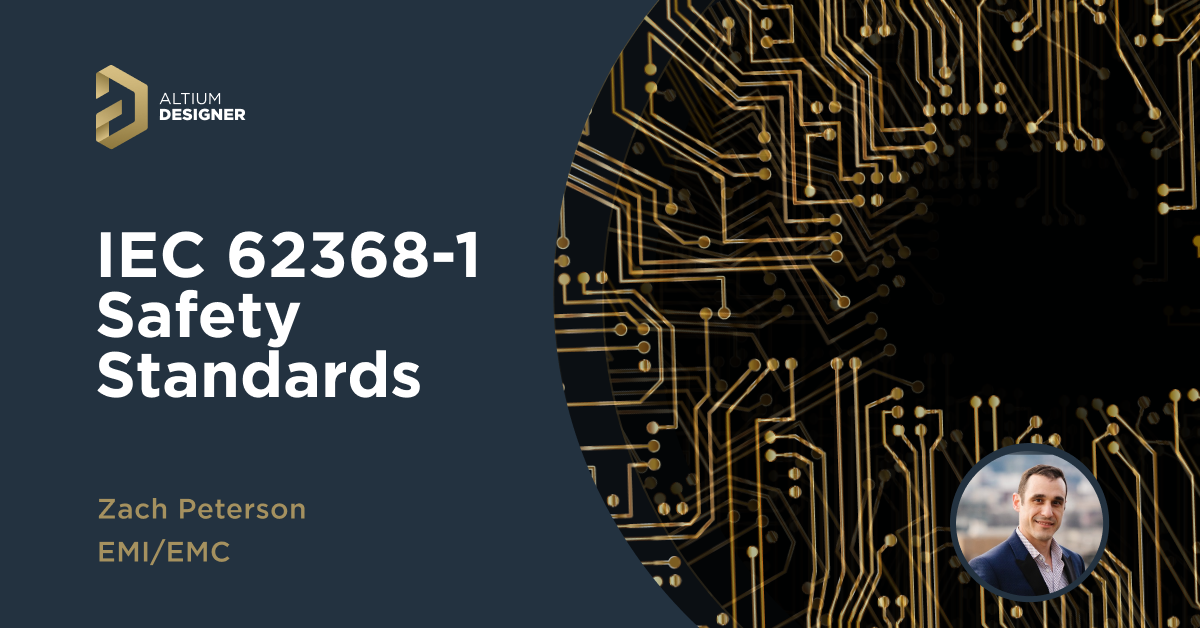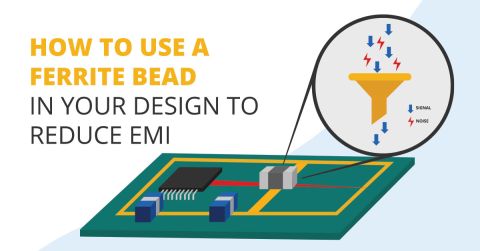IEC 62368-1 to Replace 60950-1 and 60065 Safety Standards

Industry standards on everything from auto parts to electronics have helped make modern technology accessible to everyone, but all standards will eventually become outdated. The European Commission originally set a deadline of December 20, 2020 for the IEC 62368-1 standard to replace the 60950-1 and 60065 safety standards for audio/video and IT products. While products designed to comply with 60950-1 and 60065 prior to this date can be still be sold on the open market, all new IT/AV products will need to be designed to comply with the IEC 62368-1 standard.
As of today, the standard is adopted in both Europe and the United States. As Europe and the US are major markets for product covered in the IEC 62368-1 standard, we can expect the rest of the world to follow suit with these changes. This will affect design choices at the IC level and the board level, and design teams will need to understand how IEC 62368-1 compliant products will be different from those compliant with earlier standards.
IEC 62368-1 vs. IEC 60950-1 and IEC 60065
First, the IEC 62368-1 standards are not a simple merging of the requirements in IEC 60950-1 and 60065. In addition, IEC 62368-1 is not a risk-based standard; it was developed to replace the prescriptive approaches in IEC 60065 and 60950-1 and to address evolving technologies that have outpaced these two standards. Any new product that falls within the scope of the new IEC 62368-1 standard (telecom equipment, office equipment, audio/video equipment, and related products) must be tested for compliance with this new standard. This spans a broad range of equipment with high voltage power supplies, either integrated onto a board or designed as external units.
When new standards become outdated, it’s understandable they would be updated with a new revision. But why are IEC 60065 and 60950-1 being scrapped for a newer standard? This is because the lines between IT products, telecom products, and AV products are becoming more blurry each year. A smart TV, modern large format display, or modern copy machine could be classified into any of these areas. It makes sense that they should have similar safety standards on their power systems.
Obviously, listing every single power requirement in these complex systems under IEC 62368-1 is far beyond the scope of a single blog, but I’ve summarized the relevant points below:
- Applicability: Electrical equipment with a rated voltage not to exceed 600 V (includes equipment rated at 400/690V). Note that this standard change does not apply to power supplies for medical products, which must comply with IEC 60601-1 and/or ISO 13485.
- Safety-based: The IEC 62368-1 is purely a safety standard that specifies safeguards for different electrical or thermal hazards; it does not specify functional requirements for equipment. These safeguards are intended to reduce the likelihood of injury, pain, and fire.
- Hazards classification: Hazard Based Safety Engineering (HBSE, see below) principles are used to develop safeguards against different safety hazards. Different hazards are then classified based on their potential to cause injury.
Hazard-Based Safety Engineering (HBSE)
Rather than being product-based, IEC 62368-1 is based on Hazard Based Safety Engineering (HBSE) principles, which has become a popular safety design discipline. The goal in these principles and the IEC 62368-1 standard is to provide safety requirements based on the hazard involved and how injury is imparted to a user. HBSE principles use a 3-block model to communicate these ideas:

These principles and the IEC 62368-1 standard classify different energy hazards into different classes based on their noticeability and potential for serious injury. The table below shows hazard classifications found in the IEC 62368-1 standards as defined using HBSE principles.
|
|
|
|
|---|---|---|
|
|
|
|
|
|
|
|
|
|
|
|
Table with hazards classification under IEC 62368-1.
Finally, the electrical characteristics of each electrical safety class (ES class) is shown below. If a product or subsystem is designed with a Class 2 or 3 power source, a safeguard must be placed between the product and the user. The relevant power limits for each hazard class are specified in terms of voltage and current, or in terms of power output from the hazardous circuit and permissible exposure time.

Design Choices and Components to Comply with IEC 62368-1
The entire list of safeguards implemented on different circuits is quite long, as is a comparison with IEC 60950-1 and 60065. The safety standards under IEC 62368-1 and 60950-1 are compared at different levels (circuit, network, enclosure, etc.), giving designers a nice reference to check before reading the full set of IEC 62368-1 standards.
Just like many power management and safety components are rated to IEC/UL standards (whether 60950-1 or something else), we’ll start to see IEC 62368-1 compliance ratings applied to newer components or new generations of old components. Whenever you’re ready to start designing high-reliability PCBs that comply with global EMC standards, make sure you use the design and analysis tools in Altium Designer®. When you’ve finished your design, and you want to release files to your manufacturer, the Altium 365™ platform makes it easy to collaborate and share your projects.
We have only scratched the surface of what’s possible with Altium Designer on Altium 365. Start your free trial of Altium Designer + Altium 365 today.



















